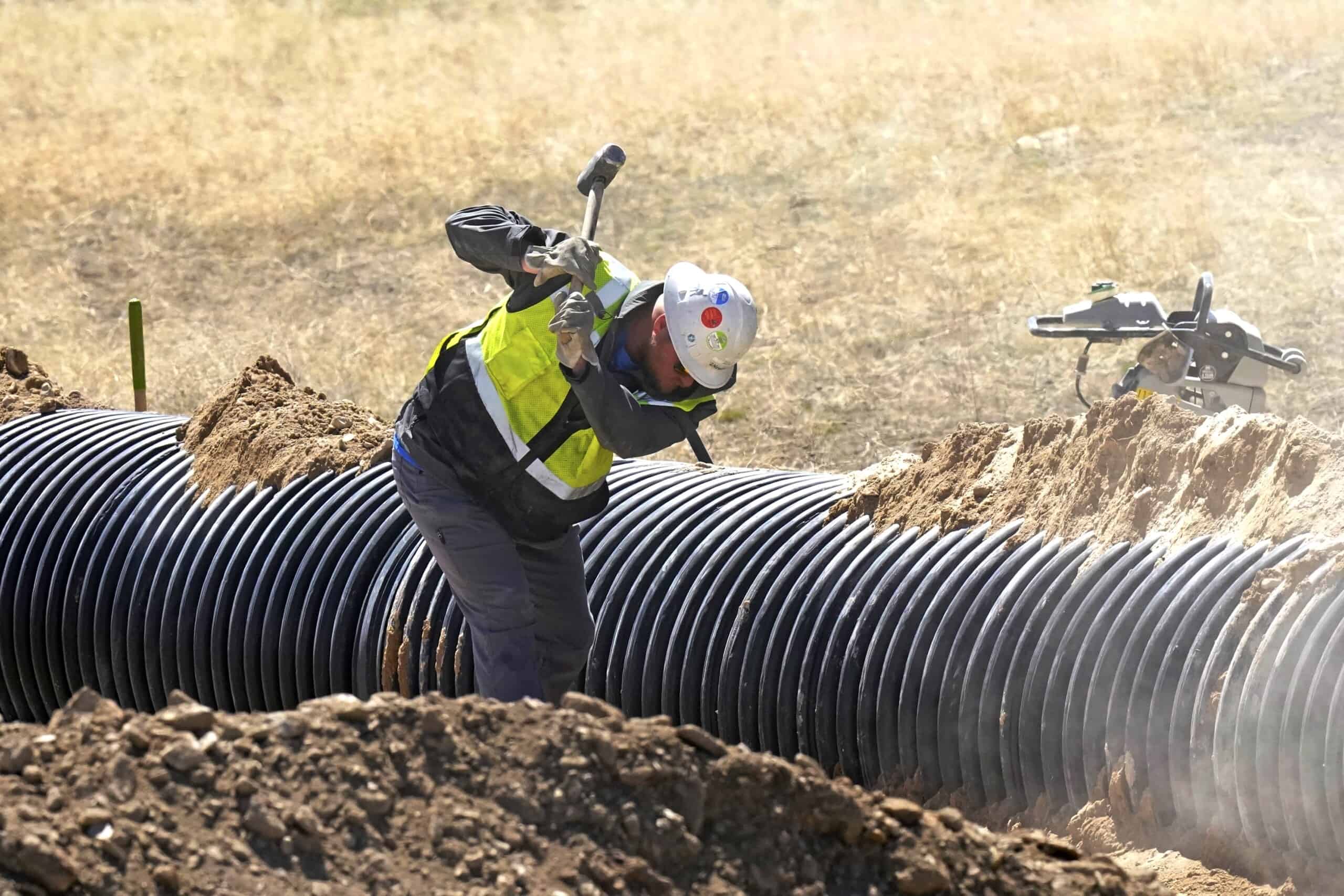
The United States, together with its allies, is on a quest to ensure it has a secure supply of the critical minerals needed for new technologies. But there’s a problem: the U.S. doesn’t exactly know how much of these valuable commodities are in its own backyard, or where they are.
This week, The Wire looks at the U.S. government’s efforts to modernize its maps of critical minerals, how AI technologies are transforming the job of the nation’s geologists, and what this could mean for America’s future energy independence.
A CRITICAL CHOKEPOINT
China controls most of the global market in refining the minerals needed for many modern technologies, including those for cobalt, lithium and rare earths. It’s the main exporter for 26 of the 50 raw materials which the U.S. government has identified as critical for making products from batteries to cell phones to laptops.
That gives Beijing a trump card to play in the global trade game. In July, China announced export controls on two important minerals, gallium and germanium, while in December, similar controls came into effect for graphite.
“Everybody recognizes that the United States is in a precarious position when it comes to critical mineral supply chains,” says Duncan Wood, vice president for strategy and new initiatives at the Wilson Center, a public policy think tank.
Part of the U.S. plan to remedy this dependence is to get a better understanding of its own resources. Unfortunately, most of the geological maps the country relies on are out-of-date, and lack the precision that modern technology can achieve. That’s important because, for private sector companies to invest money in exploiting the country’s undiscovered critical mineral deposits, they first need to know where to look.

“At low resolution, we have a pretty good and complete understanding of the geology of North America and the United States,” says Graham Lederer, research geologist at the U.S. Geological Survey (USGS), a government scientific agency. “As you zoom into smaller footprints and try to understand that more detailed picture, our coverage goes way down.” Only 12 percent of U.S. land is mapped to the extent needed to identify metal reserves, according to a 2021 report from the Wilson Center.
The USGS launched the Earth Mapping Resources Initiative in 2019 in response. In February 2022, Earth MRI received $320 million of federal funding over a five-year period. That money is sorely needed, since the geological data that the U.S. lacks most requires airborne surveys that are the most expensive to conduct.
When it comes to the economic security of the United States, we have yet to come to terms with the fact that we need to do more of this mining here at home.
Duncan Wood, vice president for strategy and new initiatives at the Wilson Center, a public policy think tank
“The U.S. does have a lot of resources, but to turn them into economically recoverable reserves, we need to know more about the body and quality of these minerals,” says Jane Nakano, senior fellow in the energy security and climate change program at the Center for Strategic and International Studies (CSIS).
The results are already emerging. In Nevada, which the USGS calls the top mineral-producing state in the U.S., more than $1.45 million was allocated in November 2022 for airborne surveys over the Great Basin, where known or potential mineral deposits are located. Among the minerals being sought after is lithium, a key component of the batteries that power electric vehicles.

After collecting new data, or updating old information, the USGS faces another challenge: how to digitize it in the most efficient way. This process, known as georeferencing, can take hours or days for a single map. That’s where AI and machine learning comes in.
“In the old days it was like physical overlays on map tables, now it’s mostly digital but still very manual,” says Lederer. “We’re finding that the AI machine learning tools can do this at scale in seconds per map.”

Once mining companies have the data they need, they will still have to contend with the environmental impact of extracting mineral resources. In March this year, mining company Lithium Americas fought off a court challenge from conservationists in Nevada concerned about the impact of the Thacker Pass lithium mine that’s under construction in the state.
“When it comes to the economic security of the United States, we have yet to come to terms with the fact that we need to do more of this mining here at home,” says Wood from the Wilson Center.
While this national debate continues, the USGS is not overlooking potential resources at abandoned mines, where any further environmental impact will be minimal. In the Adirondack Mountains in upstate New York, which were heavily mined for iron in the decades before World War II, scientists found rare earth deposits in 2015 with concentrations comparable to those found in China.
The graphic below shows the Department of Energy’s assessment of certain critical mineral supply between 2025 and 2035. Scores of 3 and 4 with a red color indicate a high level of importance to U.S. energy security and supply risk. Lithium falls into these categories because of its high importance in producing EV batteries and the high supply risks associated with increasing demand for the mineral over the next decade.

The USGS has until a 2031 deadline set by Congress to complete its mapping and data integration work, according to the strictures of the 2021 Infrastructure Investment and Jobs Act. It’s a tall order, because the 50 critical minerals can be found in more than 100 deposit types, all of which geologists need to handle differently. Using traditional methods, it could take as long as two years to finish preparing the data for just one mineral, according to USGS’s Lederer.
“The ability to accelerate key parts of this workflow and to automate anything that can be automated, and to then have the human scientist actually use their expertise instead of performing tedious digitization tasks — that has the potential to make that timeline reasonable and achievable,” he added.

Aaron Mc Nicholas is a staff writer at The Wire based in Washington DC. He was previously based in Hong Kong, where he worked at Bloomberg and at Storyful, a news agency dedicated to verifying newsworthy social media content. He earned a Master of Arts in Asian Studies at Georgetown University and a Bachelor of Arts in Journalism from Dublin City University in Ireland.




